Semrush is considered one of the best marketing tools with industry standards. It has got quite a reputation for small to large business owners. However, when you are marketing for a company that is not yours as an in-house marketer, it’s not just the end results you need to keep in mind.
Rather, you have to build strategies, achieve targets, send reports to your seniors, give presentations, manage a team, and whatnot!
That’s why in-house marketers look for tools that are easy to use, save time, and are efficient. Does Semrush meet those criteria?
We will find out in our complete review of Semrush for in-house marketers with different job titles.
In this post, we will cover:
- Why do we choose Semrush over other tools?
- How can the head of SEO use Semrush?
- How can social media managers use Semrush?
- How can marketing managers and marketing specialists use Semrush?
- How can the head of performance marketing use Semrush?
Let’s get started.
Why do we choose Semrush over other tools?
As a marketer myself I juggle between multiple tasks daily. From building strategies to keeping track of trends and tracking performance, reports, etc., each day brings a whirlwind of responsibilities.
So, before jumping into the use case of different marketing roles let’s see why we love working around with Semrush ( apart from its solid features):
1. We can leverage trustworthy and up-to-date data
Data is the backbone of any form of marketing. Semrush offers a goldmine of SEO and PPC data that is not only extensive but also reliable. Semrush Traffic Analytics gathers data from various sources, including both Semrush’s own sources and third-party data providers.
They use advanced AI and machine learning technology, along with Big Data techniques, to analyze this data and provide insights into website traffic trends and patterns.
2. All our marketing activities can be managed from one single platform.
Semrush’s all-in-one platform simplifies the management of marketing activities by providing a centralized hub for different tools. From SEO to PPC, social media, content marketing, and more you can access and manage everything under a single platform.
We do not have to waste hours juggling between 4 different tools a day.
For example, within Semrush, marketers can analyze a website’s organic rankings and quickly pivot to view backlinks, traffic statistics, and other relevant metrics, all without leaving the platform.
3. Superb team management:
The best part of using a tool like Semrush while handling a team of 3-5 members is the seamless collaboration feature.
With User Management, team heads can effortlessly invite, manage, and monitor additional users on the account, ensuring everyone has access to the tools and resources they need to contribute effectively.
Moreover, Semrush’s Sharing Features helps in synchronizing workflow within the team. Users can share projects, reports, and data. It not only saves time but also ensures transparency and flexibility in task allocation. Our team stays aligned and informed about project developments, enhancing coordination and productivity.

Semrush For In-House Marketers
Here’s the birds-eye view of different roles and Semrush tools that can assist you fulfil your marketing targets.
| Role as an In-House Marketer | How Semrush Helps in Your Job | Semrush Tools You Can Use |
| Head of SEO | Revamp SEO strategy, keyword analysis, website auditing, backlink building, performance tracking | Keyword Gap Tool, Keyword Magic Tool, Site Audit Tool, Backlink Analytics, Link Building Opportunities, Position Tracking |
| Senior Marketing Manager / Marketing Specialist | Strategy creation, market benchmarking, audience insights, progress monitoring, trend identification | Market Explorer, Position Tracking, Social Analytics, Semrush Trends, EyeOn, One2Target |
| Social Media Manager | Content creation, post scheduling, engagement monitoring, reputation management, message categorization | Social Media Poster, Social Content Ideation Tool, Social Inbox |
| Head of Performance Marketing | Campaign analysis, competitor research, ad strategy optimization, bidding adjustments, keyword research | Domain Overview, Advertising Research, AdClarity, PLA Research, Keyword Analysis |
Semrush for Head of SEO
Semrush can help you handle companies’ SEO strategies 5x faster. The tool has features that can revamp your entire SEO strategy and get applauded by your boss.
Here’s how you can use Semrush as head of SEO
1. Keyword Analysis: There are three easy steps for keyword analysis on Semrush
Start with keyword gap analysis:
For this, you will need a list of competitors. Let’s say you are working for a company with AI software. The best way to find your competitors is to brainstorm seed keyword ideas. For example, AI for art, AI for chatbot, etc.
But, these are too generic terms with high competition. To narrow down your list you have to find competitors. Hence go to Google and type in the seed keyword. This will return companies that serve in your industry.
From there go to Semrush’s Keyword Gap Tool and type in the URL of your competitors. It will find the keywords that your competitors rank for but you don’t.

From here you will have a list of keywords highly specific to your domain, but they aren’t that targeted. They will bring you visitors but may not get converted to leads.
How do you get targeted keywords?
Pick one keyword from your previous list and go to the Keyword Magic Tool. There, type in the keyword and you will have a long list of keywords you can target.
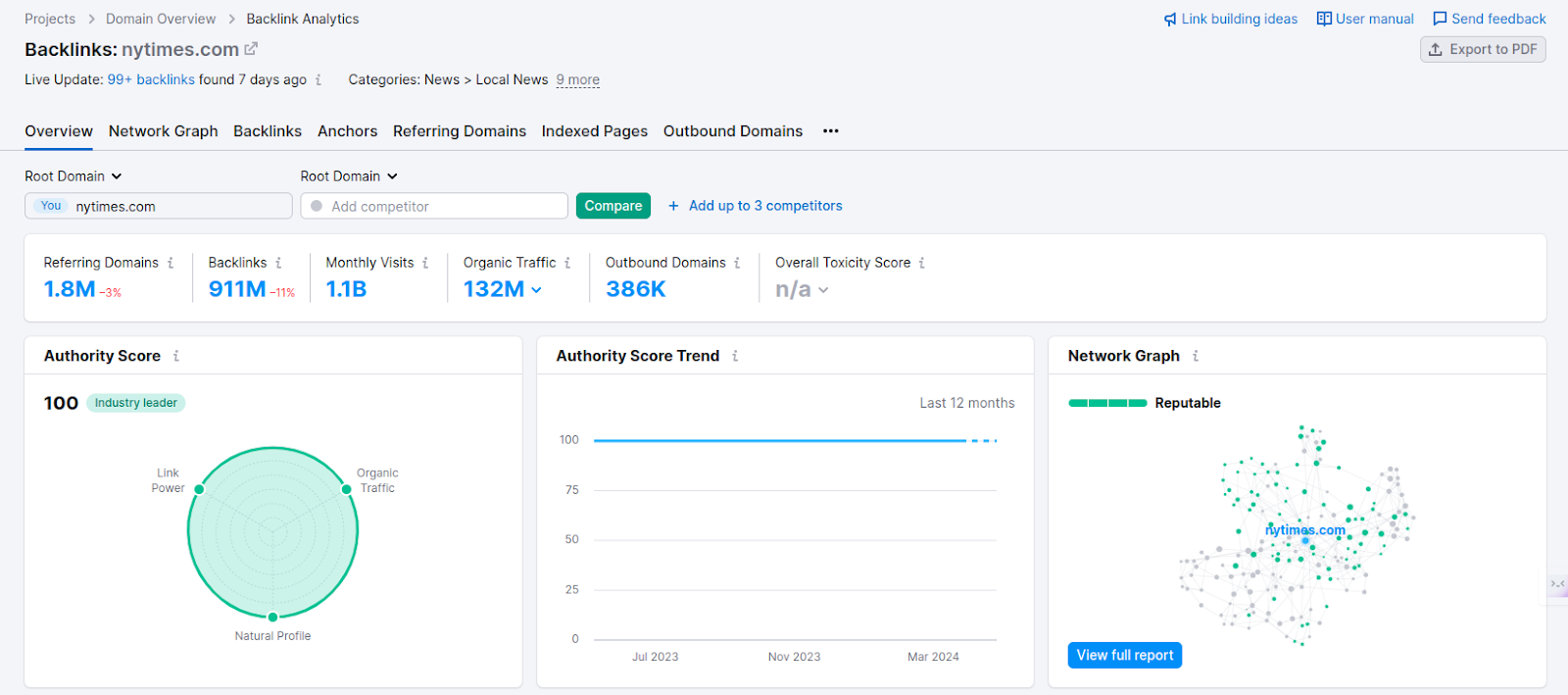
Semrush gives you a lot of filters on these keywords like phrase match, board match, related match, etc.
Repeat this step for all the keywords you got from the Keyword gap. In the end, you will have thousands of keywords. The only thing you need to do is prioritize those keywords. Use metrics like, Search intent, volume, difficulty, etc to prioritize your keywords. Keep adding the keyword to your keyword list.
Now go to the keyword manager tool.
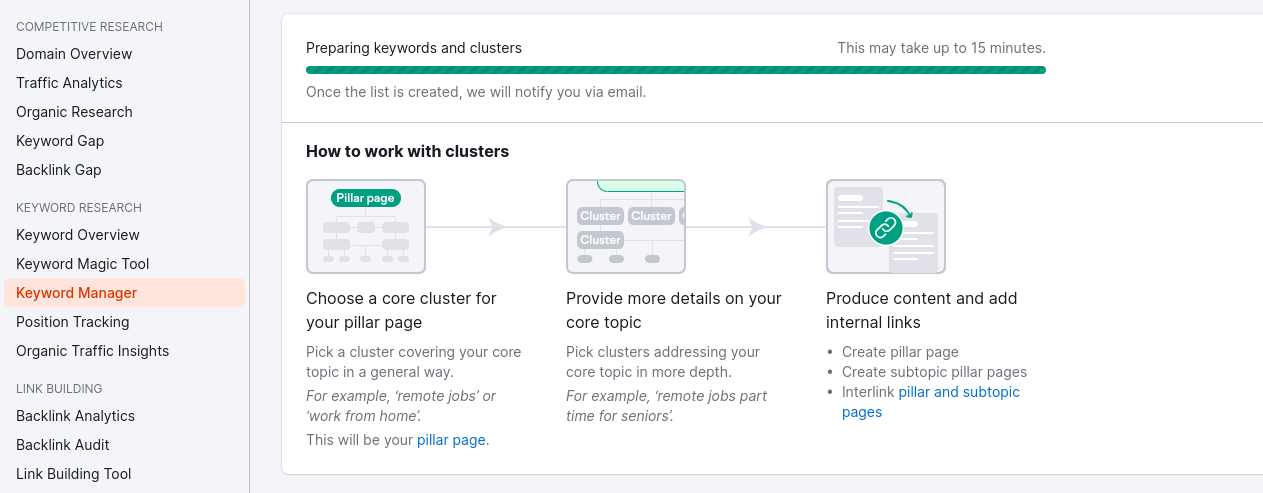
There you will find the Keyword Cluster Tool (Now upgraded to Keyword Strategy Builder). The tool helps you group keywords with similar intent together.

For the keyword “ how to buy audible books” we got 25 different clusters for 493 keywords.
Keyword clustering plays a crucial role in SEO because it ensures that your website appears in search results for various ways users might search for the same thing. By identifying all relevant terms, you can optimize your content to rank for a broader range of keywords.
For instance, let’s say you’re selling smartphones. Your main keyword might be “smartphone,” but users could also search for “mobile phone” or “cell phone.” By targeting these synonyms, you increase the chances of your page appearing in search results for different search queries.
That’s it! You finally have the exact list of keywords you should target.
2. Website Auditing
As the head of SEO, you have to audit your company’s website 2-4 times a year. It will help you examine the performance and functionality of your website to find out issues that are hindering your ranking.
That said, Semrush examines various aspects of a website’s performance and structure. It includes checking for common issues like duplicate content and broken links, as well as more technical elements such as Accelerated Mobile Pages (AMPs), HTTPS implementation, etc.
You can access the site audit tool under the ‘On Page & Tech SEO’.
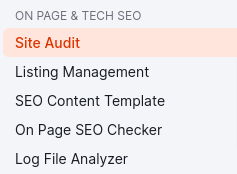
Start by creating a project for your website on the Semrush dashboard. Enter your domain name and click ‘Create Project’.

Click on it and configure it according to your preferences. You can manage the number of pages Semrush will crown and the crawl source.

Step 3: Select ‘Start Site Audit’. It will take a few minutes for Semrush to crawl through the entire website and generate a report.
Step 4: Analyze the errors, warnings, and notices provided in the overview tab of the site audit report. First focus on resolving errors as they have a severe impact on website performance.
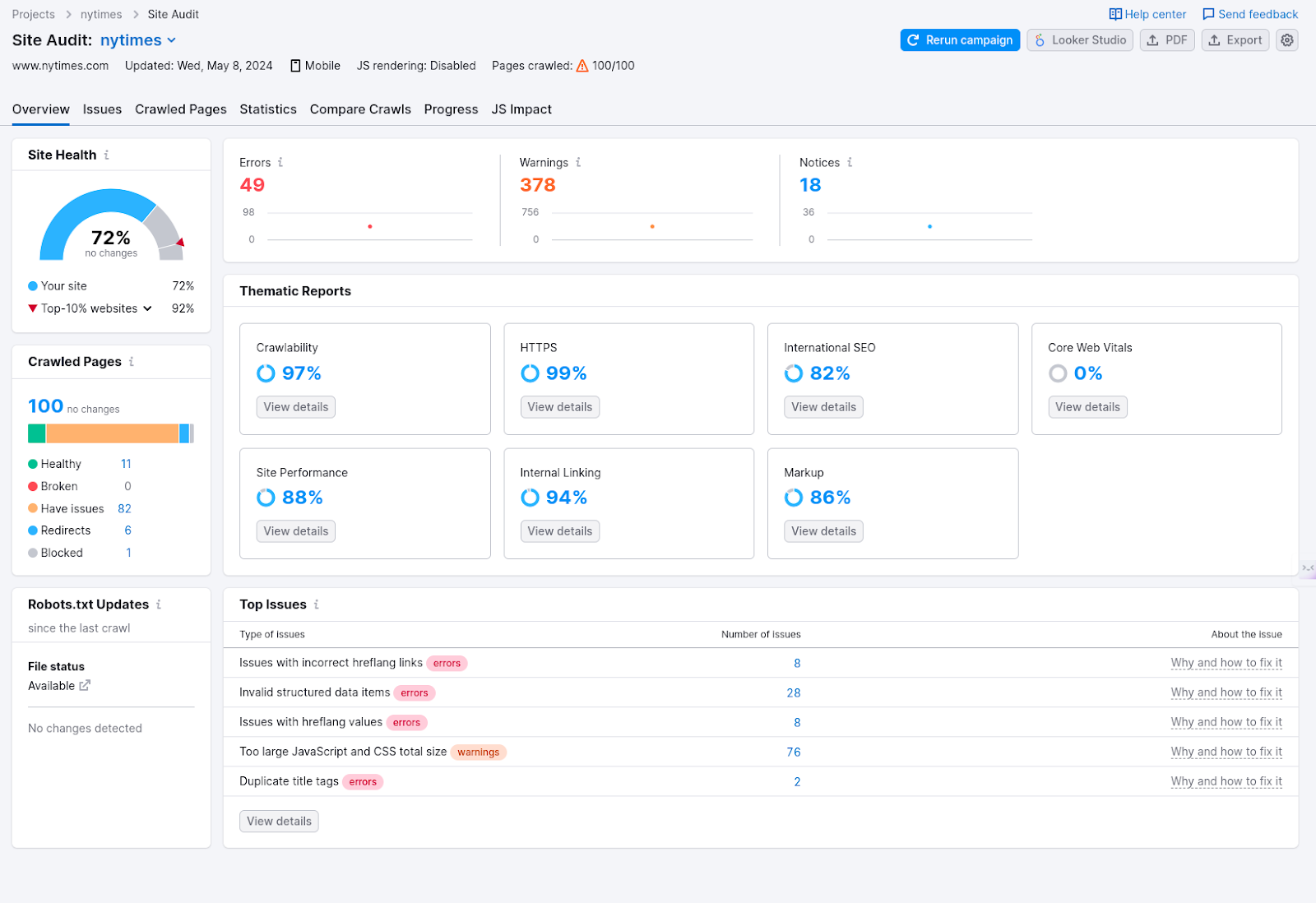
You can also click on Semrush’s thematic reports to gain deeper insights into specific SEO issues affecting your website.
3. Backlink Building
Step 1: Every time we start with backlink analysis our go-to tool is Semrush’s “Backlink Analytics.” It shows how strong a site is with metrics like Authority Score and the number of backlinks.

To find new links easily, just click the Backlinks tab and filter by “New”.

Backlink Analytics offers competitor analysis without you having to find your competitors. Semrush finds similar sites for you and provides authority metrics like referring domains, backlinks, and monthly visits.
From here go to the “Link Building Opportunities” feature. You can use these to find the backlink gap and see sites that link to your competitor but not you.
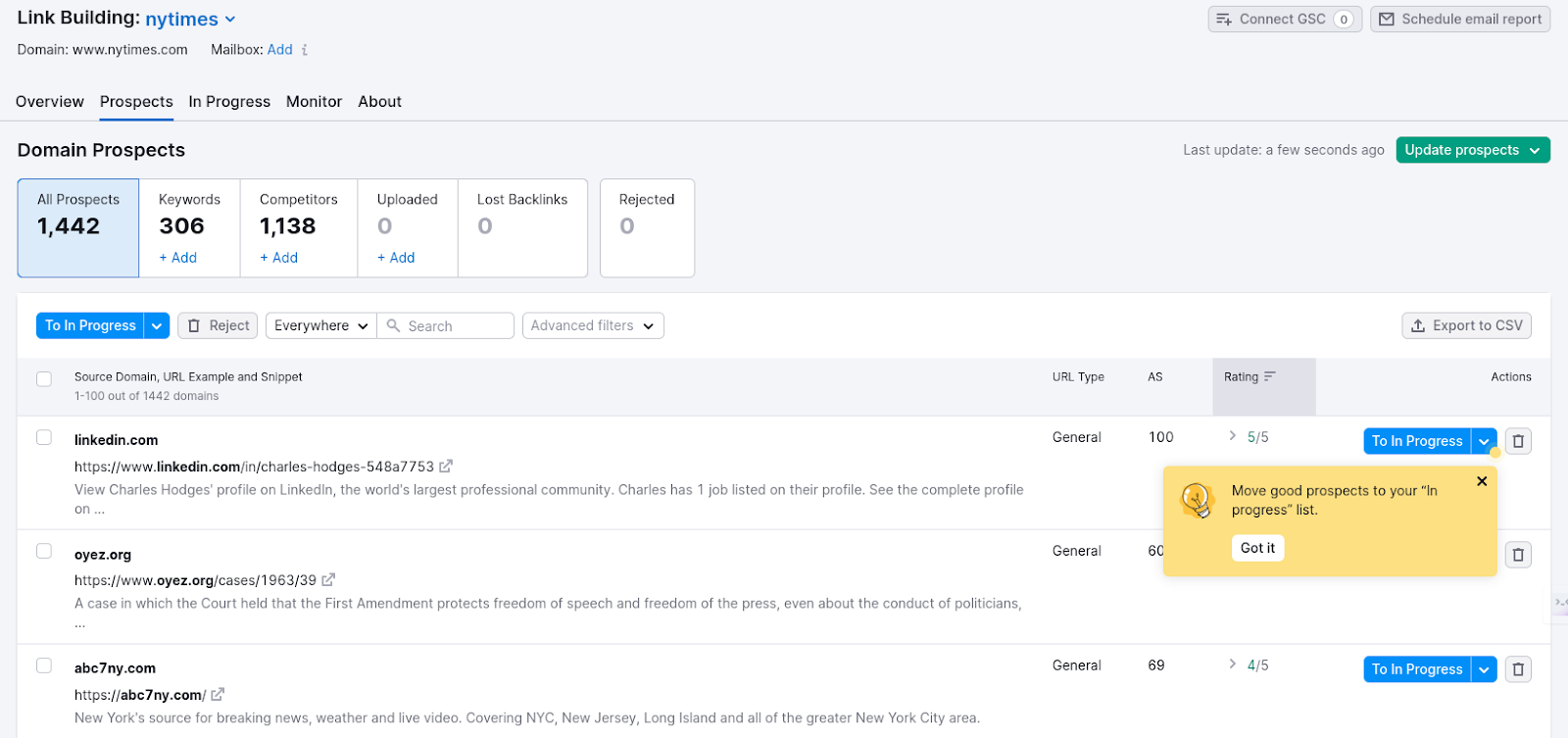
Then filter and select prospects for outreach, integrating with the Link Building Tool.
Over time you have to analyse your backlink strategy performances. Semrush provides comprehensive reports to track progress and key metrics including organic rankings, traffic, CTR, and bounce rates, enabling ongoing testing, analysis, and optimization.
Semrush for Senior Marketing Manager and Marketing Specialist
Creating a strategy is any marketing activity’s first and most important task. A strategy that can give you a glance at the bigger picture.
Be it for SEO, social media, or paid ads marketing, as a marketing specialist and manager you have to create a strategy first.
If you are building a strategy for the first time, you have to define measurable goals. Once that is done, Semrush will help you do the next step thoroughly. With Semrush’s Market Explorer, you can benchmark against competitors and delve into audience insights. Here is a step-by-step process:
Go to Market Explorer under the Trend feature.

Begin by entering at least three competitor domains in the “Create List” tab and click “Create and analyze”.

While the default location is “Worldwide”, you can refine it to any country for more specific research.
The “Overview” report provides insights into market consolidation, size, and total website traffic.
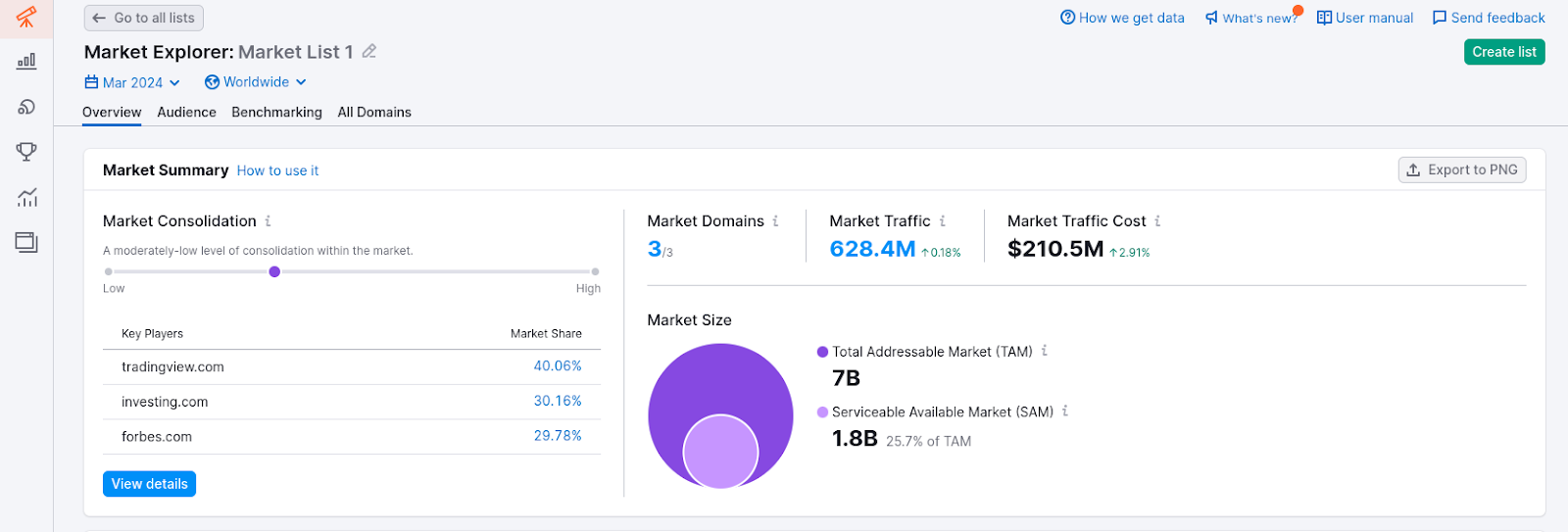
In the “Domain vs Market Dynamics” section, compare each competitor’s performance against the broader market.

You can go to the “Audience” tab to uncover details like educational level, interests, social media preferences, and frequently visited domains.

Use these insights to craft buyer personas, offering a clearer understanding of your target audience. These personas help tailor your marketing efforts effectively.
2. Monitoring Progress:
As a marketing manager, you have to constantly keep an eye on every marketing strategy you have built and your team implemented. To make it easier for managers, Semrush has two tools specific for evaluating your current performance.
- Position tracking
- Social Analytics
To track your position, go to the Position Tracking tool under keyword research.
Simply enter your domain, and select search engine, device type, language, and target location.

Enter a list of keywords to monitor, either manually or by importing them.
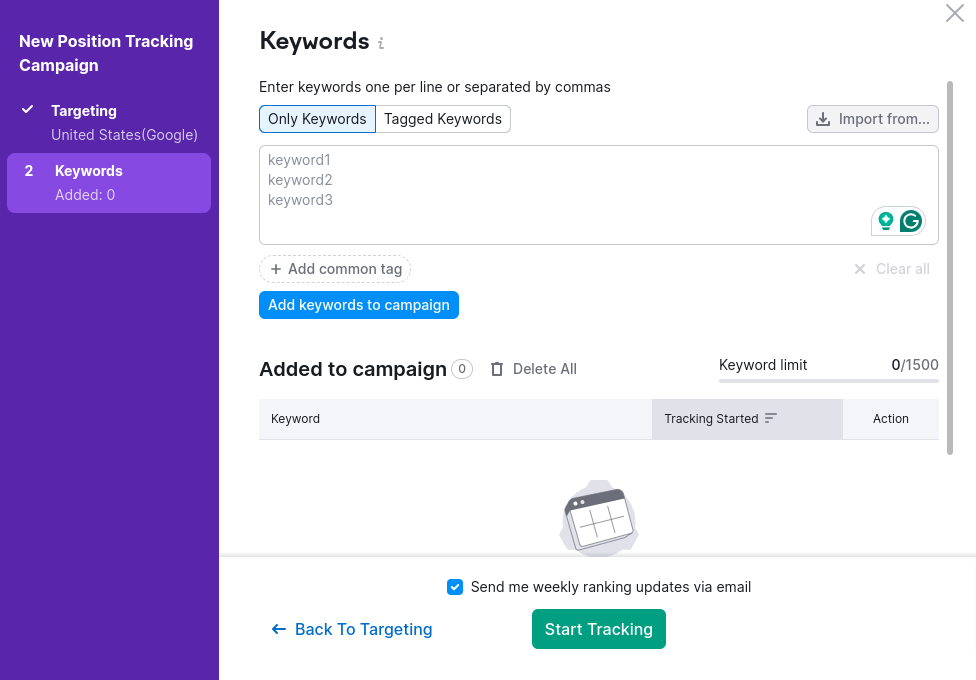
After clicking on the track position, the tool then gathers data for the specified keywords, presenting a dashboard in the “Overview” tab of current rankings.
Similarly, the Social Analytics tool under the Social Media Toolkit tracks your efforts across Facebook, LinkedIn, and Instagram.
After connecting your accounts, the tool provides insights into follower growth, engagement, and more across social platforms.

This facilitates a comprehensive view of social media performance, allowing for adjustments and optimizations.
By monitoring performance metrics, your team can gauge the effectiveness of their initiatives and optimize them further. This process ensures improvement and alignment with overarching business goals.
3. Identify trends
Recognizing market trends helps marketing managers plan ahead, stay competitive, come up with new ideas, and target their audience better for business success.
Semrush Trends offers quick market snapshots and digital insights, making it easy and quick for businesses to spot new market dynamics and growth prospects.
The .Trend tool has 4 different tools. We have already talked about Market Explorers. We will cover two more over here.
EyeOn is a comprehensive competitor tracking tool that enables businesses to monitor competitor activities across the web effortlessly.

By creating lists of competitors to watch, users receive weekly updates on various aspects like newly published blog posts, advertising campaigns, website pages, and social media posts.

Analyzing this data provides valuable insights into competitor strategies, such as upcoming product launches, pricing changes, audience targeting shifts, and market positioning.
One2Target serves as an audience research tool, offering four insightful reports: Demographics, Socioeconomics, Behaviors, and Audience Overlap.

These reports provide a deep understanding of audience characteristics, including age, gender, location, device usage, employment status, education level, income, and more.
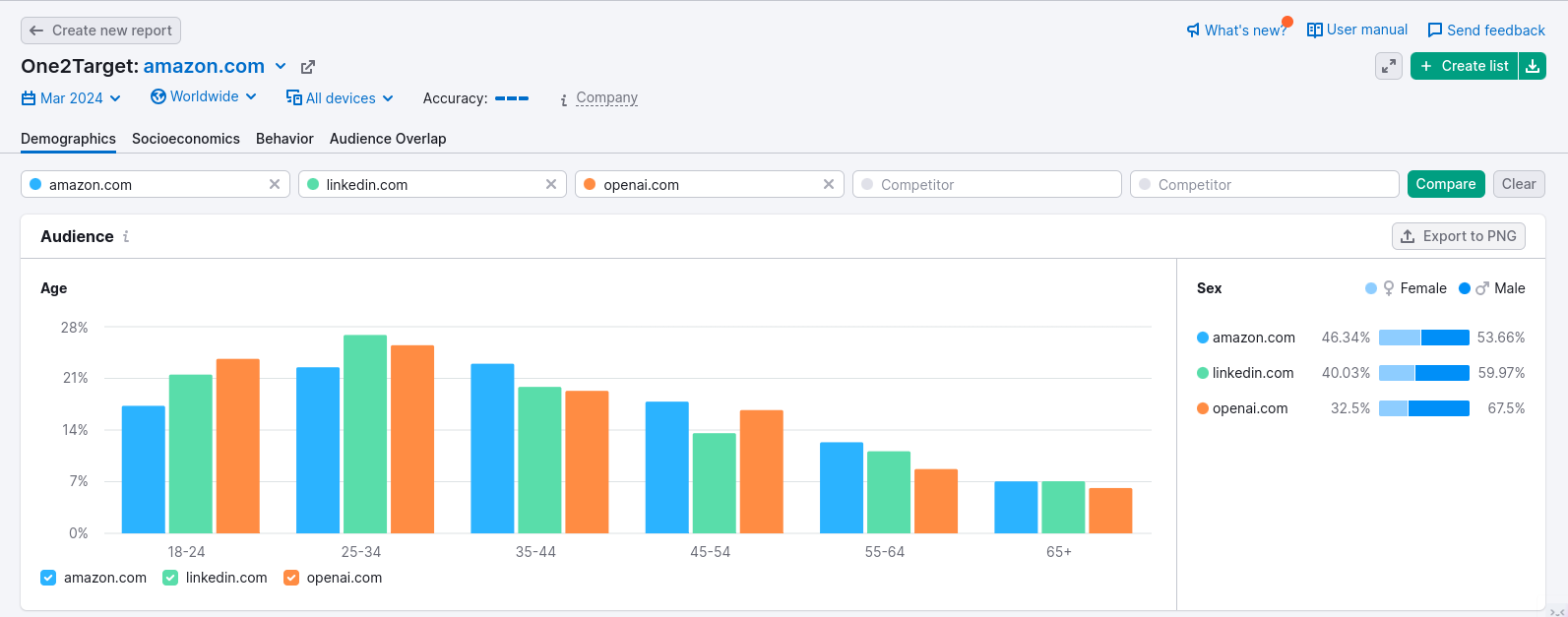
By leveraging this rich data, businesses can enhance segmentation and targeting strategies, refine marketing approaches, and identify new business and advertising opportunities.
Semrush for Social Media Managers
Although Semrush is not specifically made for social media marketing like Hootsuite or Socialpilot, the tools in the social media toolkit are still a huge part of what Semrush brings to the table.
Out of 7 different tools, we love the Social Media Poster way too much. It exceeds what the name suggests of simply posting. It goes beyond the basic tools like a calendar, automating posts, etc.

The platform offers direct photo editing. These not only include fundamental edits like cropping and adjusting contrast, but also an array of enhancements features. Semrush has 60 predefined filters and 20 overlays for stunning lighting effects, underscoring their commitment to comprehensive, all-in-one solutions.
Semrush’s Social Content Ideation Tool uses AI to come up with content ideas tailored to different social media platforms.

Social media managers can easily brainstorm and create engaging content for their businesses. Just by entering their website URL, managers get a plan with over 100 social post ideas daily, sorted by topics.
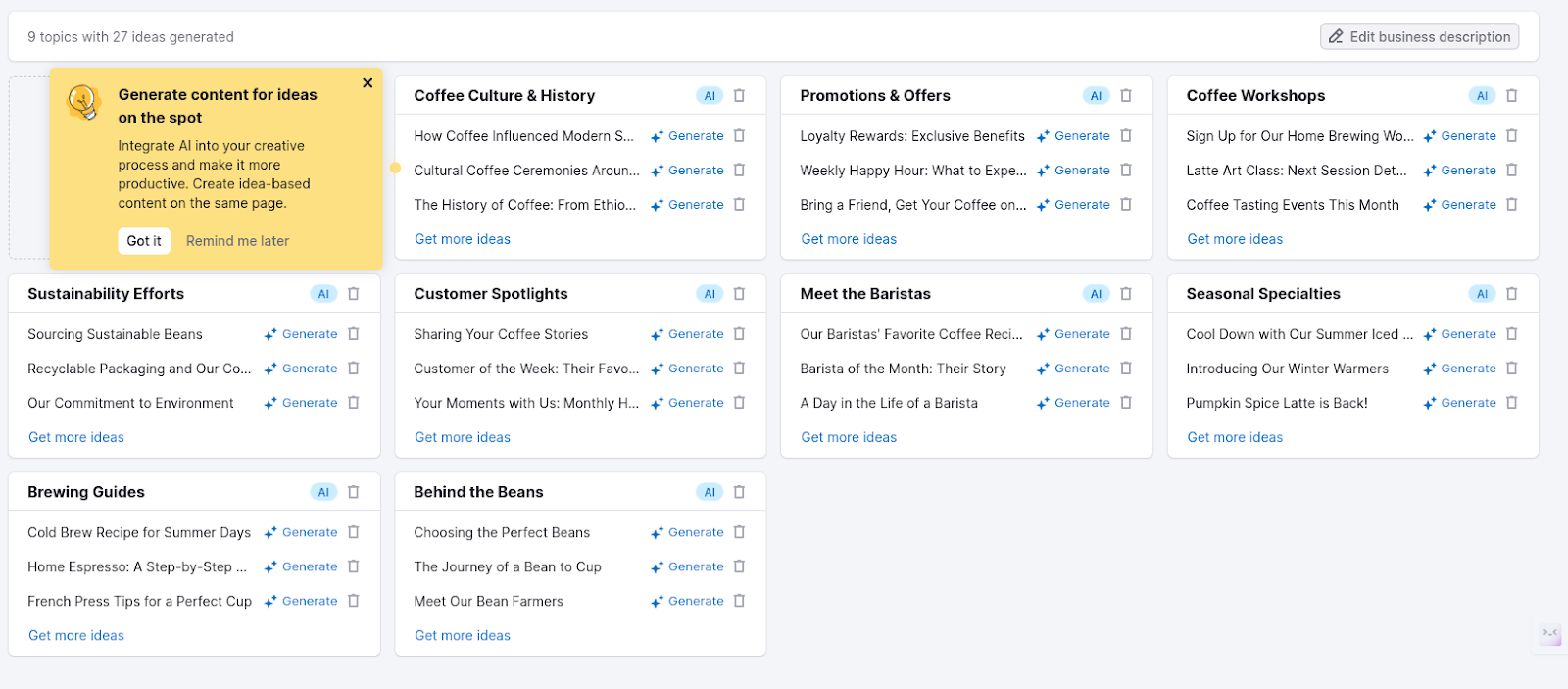
The tool also helps in making unique visuals that match the brand’s style with AI’s help.
The next tool worth mentioning from the toolkit is the Social Inbox. It’s designed to streamline and simplify social media communication management. It aggregates comments, private messages, and mentions from various social media platforms into a single, user-friendly interface.
This allows social media managers to efficiently monitor and respond to incoming messages without the need to switch between multiple platforms.
One of the key benefits of Social Inbox is its ability to identify potential brand reputation risks at an early stage. Social media managers can actively address customer inquiries, concerns, or negative feedback. Through this businesses can mitigate potential damage to their reputation and maintain positive relationships with their audience.

What’s fun is that Social Inbox allows users to label and sort messages based on specific workflows or priorities. This feature enhances workflow efficiency by enabling users to categorize messages according to their relevance or urgency, ensuring that important communications are addressed promptly.
Semrush for Head of Performance Marketing
As head of performance marketing, you have to build and manage campaigns across different channels like SEM, social media, affiliates, etc.
With Semrush advanced analytics and management tools you can find the right place to invest in performance marketing. Most importantly, once you start a campaign you will have a platform to track performance and improvise for better ROI.
Semrush has an Advertising tool kit with different features to enhance your performance marketing.

Here, we will look at how marketers can level up their campaigns using Semrush for SEM.
Starting with the Domain Overview tool, performance marketers can gain valuable insights into competitor performance, traffic sources, and top-performing keywords.
This data provides depth insights into competitors’ weaknesses and opens doors to untapped opportunities.
Advertising Research enables marketers to dissect competitors’ and strategies, uncovering ad copy, keywords, and landing pages that drive success.

Armed with this information, marketers can craft more compelling ads, optimize bidding strategies, and enhance ad targeting for improved campaign performance.
AdClarity offers a deeper dive into display and video advertising, allowing marketers to analyze ad creatives, placements, and publishers. By understanding competitor ad strategies across various channels, marketers can refine their own campaigns and stay ahead of the curve.
Lastly, PLA (Product Listing Ads) Research empowers marketers to dissect competitors’ Google Shopping campaigns, uncovering top-performing products, ad spending, and traffic sources.

This data enables marketers to optimize product feeds, adjust bidding strategies, and enhance product visibility in Google Shopping results.
Keyword Research
The Keyword Analysis tool in Semrush offers a comprehensive solution for the head of performance marketing to drive SEM campaigns effectively.
As a performance marketer, it’s extremely important to conduct in-depth keyword research tailored to specific locations, domains, and target audiences.

This research serves as a foundation for campaign development, providing a list of relevant keywords to target.
Through the tool’s filtration and optimization features, duplicate keywords can be removed, and negative keywords identified, ensuring campaign budgets are allocated efficiently towards high-performing keywords.
Moreover, by leveraging the Keyword Ad History functionality you can gain insights into past ad campaigns, including bidding trends and keyword usage frequency, enabling informed decision-making and strategic bidding adjustments.

Wrapping It Up
I have worked with several agencies and B2B businesses as an in-house marketer. After using Semrush for nearly a decade, I can confidently say it’s a game-changer for me for marketers.
Even though I only scratched the surface of its features, the complete ROI justifies my monthly investment.
Sure, Semrush might not be for everyone, especially if SEO and PPC aren’t your main focus. But if you’re knee-deep in SEO like me, Semrush is a must-have tool.